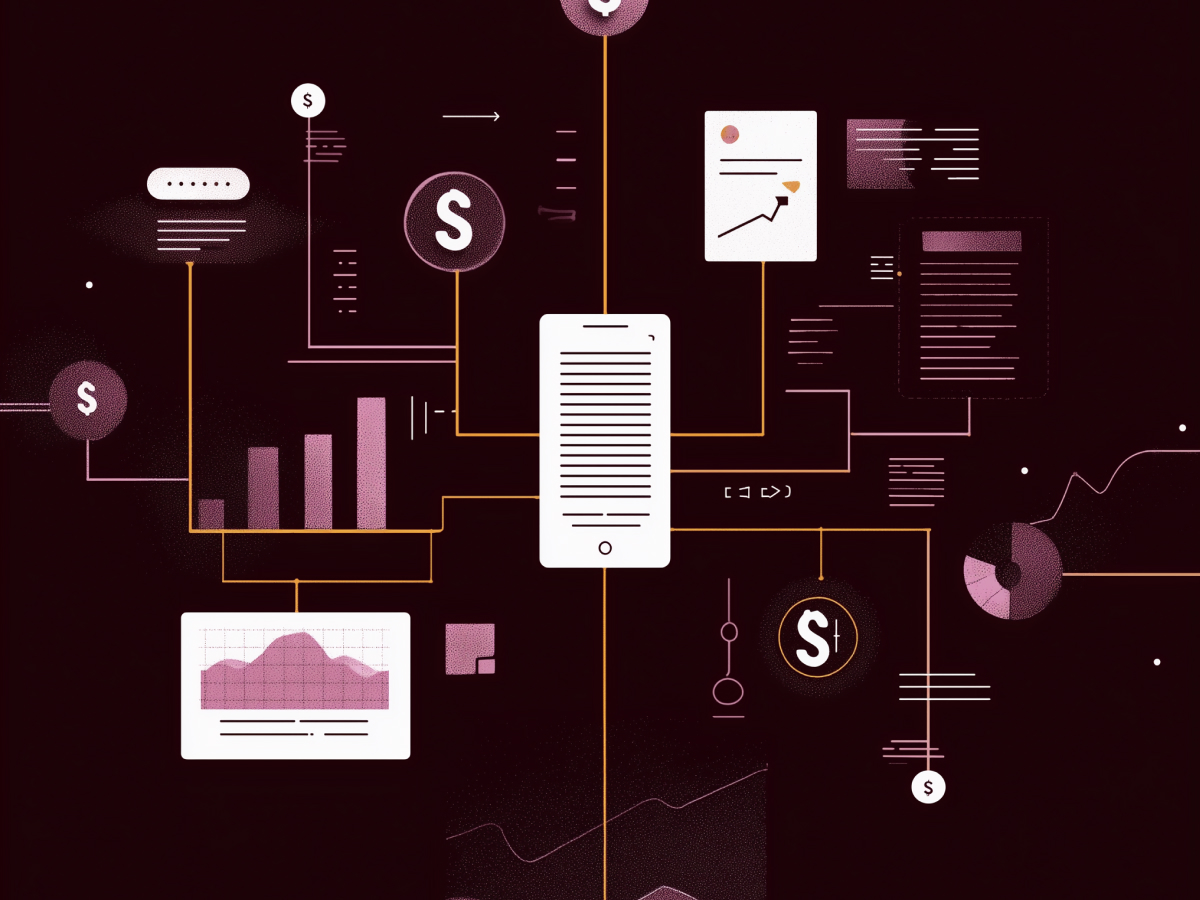Emotional and psychological barriers stifle AI adoption
We’re seeing something strange in the AI space right now. The technology has moved fast, very fast. We’ve developed tools that outperform expectations. Yet inside companies, adoption remains slower than expected. That’s not because people don’t see the potential. It’s because many teams are stuck. Not from lack of hardware, not from lack of software, but from uncertainty. From fear.
Pew Research reports that 63% of U.S. workers rarely or never use AI on the job. That’s not a hardware issue. That’s a human issue. Information overload is real. People hear all the noise, about job losses, disruption, exponential change, and decide to wait. They hesitate. That hesitation leads to inaction, and in this case, it’s stalling innovation that should be compounding daily.
The speed at which this technology moves doesn’t match the speed at which most people change their habits. That’s a real problem for organizations. Because every day lost to indecision is a day your competitors spend learning, optimizing, and moving forward.
For C-suite executives, the job is to clear the emotional blockers. Make it easy to start. Create environments where experimentation is encouraged and failure is safe. Don’t preach AI transformation, build systems and structures that make it natural to begin.
Companies that do this well won’t just adopt AI. They’ll set the standard.
Workforce anxiety and Self-Doubt hinder AI integration
Let’s be honest, talking about AI in the workplace triggers more fear than excitement for a lot of people. Yes, executives see opportunity. But most employees are thinking about what they might lose.
They see automation. They hear about job cuts. They assume this is only for engineers or data scientists. The result? Resistance. A 2024 McKinsey report shows 56% of employees in AI-integrated environments struggle with moderate to high levels of impostor syndrome. That’s more than half your workforce feeling like they don’t belong.
This is especially true in non-technical roles. Operations, finance, HR, teams in these areas feel they’re unequipped to understand, let alone use, AI effectively. The outcome is a hit to morale, confidence, and momentum.
If you’re in the C-suite, you can’t ignore this. Training isn’t enough on its own. Neither is telling people to reskill. You need full-stack support, clear communication on how jobs will evolve, not disappear. Role-specific AI examples that feel accessible. Wins celebrated publicly. Failures normalized privately.
This isn’t about shielding people from progress. It’s about bringing them into it, with confidence and competence. If you want your team to innovate with AI, they need to believe they belong in that future. Build that belief, or fall behind.
Leadership underestimation of AI usage creates implementation roadblocks
A lot of executives assume their teams aren’t using AI yet. That’s incorrect. Many employees are already experimenting, quietly, unofficially, and often without guidance. The problem isn’t lack of use; it’s lack of alignment.
This creates a leadership blind spot. People at the top see low official adoption and think the issue is apathy. In reality, it’s fragmentation. Employees are exploring AI on their own because leadership hasn’t set a clear direction. That’s where the AI readiness paradox comes in. Organizations invest in AI, but leaders underestimate actual usage and fail to offer structure. Result: missed opportunities, duplicated effort, and organizational drag.
Studies have shown how this disconnect contributes to internal tension. Some executives go the opposite way, mandating AI use before hiring or setting impossible integration timelines. That coercion causes friction, especially among Gen Z team members who are already cautious about surveillance and tech ethics.
If you’re in the C-suite, the solution is straightforward. Audit tool usage across departments. Talk to your teams. Build internal benchmarks around real workflows, not projected outcomes. Set the tone, but don’t dictate every step. Support experimentation with clear boundaries and measurable goals. Trust follows transparency.
Balancing emotional and technical readiness is essential for AI success
Most companies know how to buy software. Fewer know how to ensure people are ready to use it. That’s the real blocker. You can’t separate technical onboarding from emotional adoption, because if people aren’t ready, the tools will be ignored.
Almost all companies are investing in AI. Yet only 1% of them believe they’ve reached maturity in how they use it. That’s not just about code or cloud infrastructure. It’s about mindset barriers that go unaddressed.
Success with AI starts by making the first steps small and obvious. Deploy tools in places where friction is low, feedback is fast, and wins are visible. Let teams build confidence gradually. Publicize those early wins, this builds momentum better than executive memos or offsite training sessions. Learning doesn’t happen from full-day briefings. It comes through regular use.
Executives need to set the frame: AI is not about replacing people, it’s about expanding what they can do. But this isn’t a message. It’s a system. You need internal programs that reward adoption and provide ongoing skill development. That means product managers, HR, and IT need to work together. Clear, repeatable systems always outperform one-time initiatives.
Balance technical deployment with psychological design. When you get both in place, AI adoption stops being theoretical, and becomes operational.
Human-centered leadership is crucial for navigating the AI transition
AI adoption doesn’t start with infrastructure. It starts with leadership decisions that shape how people learn, adapt, and perform inside evolving systems. If you’re at the executive level, driving real value from AI means understanding that technology without human context creates drag, not acceleration.
High-performing adoption models are built on structure and intent. That means setting clear timelines, defining measurable goals, and building team-wide alignment around them. Don’t wait for clarity to arrive. Define it. Show people how AI fits their roles. Communicate what success looks like for each function. Then make that success visible.
Psychological safety also matters, more than most leaders assume. If employees expect backlash for experimenting or fear looking uninformed when trying something new, adoption dies. Create protected environments where people can test ideas without damaging consequences. Train managers on how to manage that process. Internal trust isn’t organic, it’s engineered.
Recognition programs are effective when done right. Identify employees who actively and creatively use AI. Share their workflows. Reward them publicly. This turns isolated success into replicable momentum. Senior leadership should be directly involved, not overseeing from a distance, but reinforcing these behaviors consistently.
Invest in systems design that adapts to how your people work. This means choosing platforms that match role-level tasks and learning capacity. Adoption increases when tools feel intuitive and when they are matched with relevant processes. Deploying misaligned tools without context leads to resistance. Real engagement comes from understanding fit.
Key highlights
- Emotional resistance is blocking AI adoption: Many teams hesitate not because of technical limitations, but due to fear, uncertainty, and lack of experience. Leaders should simplify experimentation and normalize early action to break this paralysis.
- Employee anxiety is eroding momentum: Over half of workers in AI-enabled environments report imposter syndrome, especially in non-technical roles. Executives must invest in psychological readiness through accessible training and role-specific upskilling.
- Leadership blind spots are delaying progress: Many leaders underestimate current AI use across their teams, creating strategic misalignment. To close the gap, actively assess grassroots adoption and align it with broader organizational plans.
- Balance technology with emotional readiness: Buying AI tools is easy, getting people to use them isn’t. Leaders must prioritize low-friction rollout strategies, support small wins, and reinforce a culture of learning through doing.
- Human-centered execution drives adoption: AI integration succeeds when supported by clear goals, psychological safety, and public recognition of early successes. Prioritize systems that align with how people work, not just what the technology can do.





